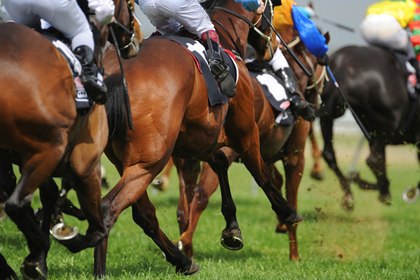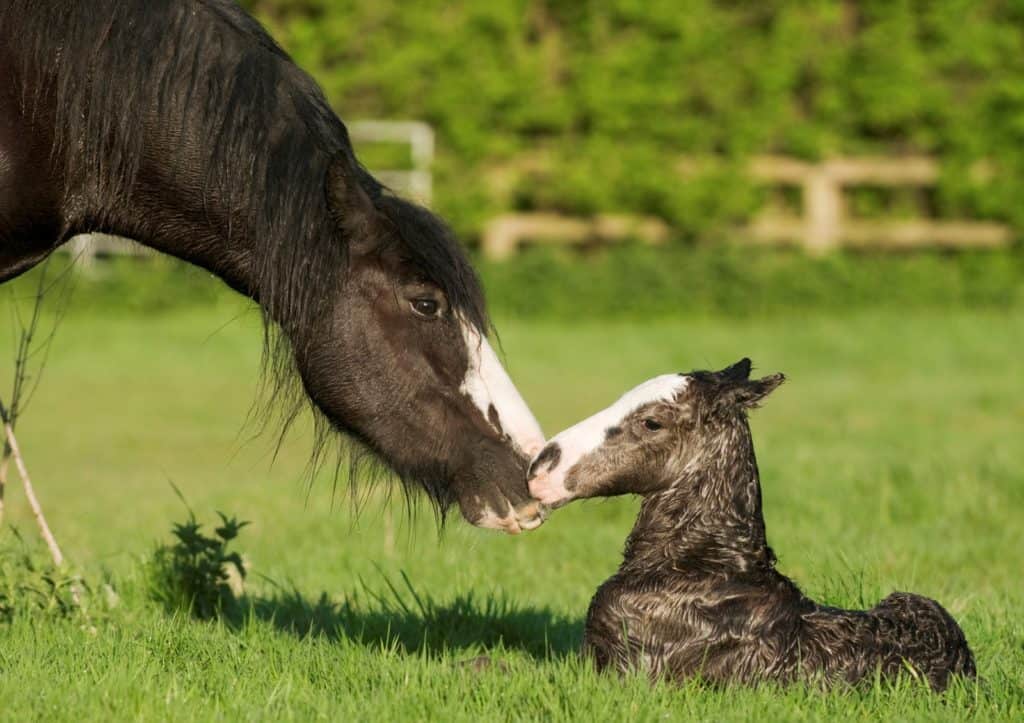
Determining Equine Fetal Sex in Midgestation
Researchers have confirmed that, by following a few recently described steps, veterinarians can sex fetuses over a much longer time period than previously though and without clipping or sedating mares.

Researchers have confirmed that, by following a few recently described steps, veterinarians can sex fetuses over a much longer time period than previously though and without clipping or sedating mares.

Dr. Sian Durward-Akhust’s research is aimed at helping veterinary professionals understand genetic variants and allow them to group genetically similar patients together, ultimately improving management options and treatment outcomes.

Little Kings Buckaroo Renaissance is new resident stallion in the Gluck Center’s parasitology research herd of Miniature Horses.

Researchers have discovered the inner workings of a known “speed gene” in Thoroughbred racehorses, which directly affects skeletal muscle growth and, in turn, race distance aptitude.

Researchers identified found mutations in the gene aggrecan—the major structural protein of cartilage associated with dwarfism in Miniature Horses.

By re-analyzing DNA from a Thoroughbred mare named Twilight using updated equipment, scientists corrected thousands of errors in the original sequence released in 2009.

Dr. Ryan Ferris explains the different meanings of “foundation mare” for a reader who owns one but isn’t sure what the term means.

Researchers know the modern domestic horse is the result of thousands of years of selective breeding. But they’re still striving to understand how and when equine breeding programs got started and evolved.

The equine genomics research community has outlined how to face the challenges associated with translating Horse Genome Project outcomes into clinical practice to benefit horses.

An old adage says a good horse doesn’t come in a bad color. But recent study results might rewrite that saying. Researchers have uncovered a possible link between coat color and harness racing performance.

Why would a mare prefer to foal in a field versus in a foaling stall or in the barn?

Selective breeding has led to a Thoroughbred uniquely adapted to modern racing’s demands. But it’s also led to inbreeding, and with that has come some less favorable genetic issues.

Learn how to manage this incurable disease that causes debilitating lameness in horses.

Researchers found that 90% of stem-cell-cloned foals were “completely healthy and normal” at birth, whereas two-thirds of the skin-cell-cloned foals were not.

Researchers also developed a genetic test to check for the “MYH1 mutation,” which can now allow owners and veterinarians to identify susceptible horses and screen breeding stock.

Researchers are working to develop a fertility predictor test for colts and fillies to help breeders and buyers make informed decisions and potentially even help improve evaluations during breed inspections.
Stay on top of the most recent Horse Health news with
"*" indicates required fields